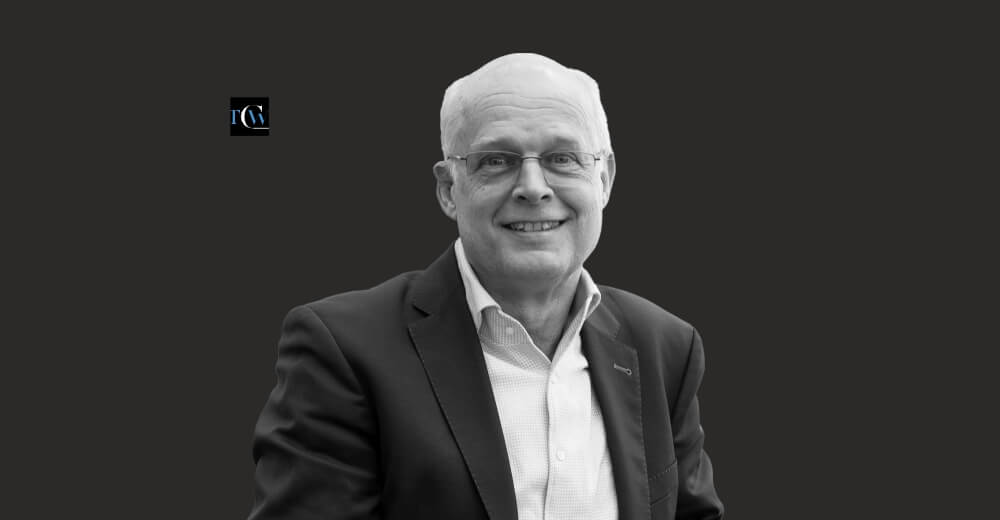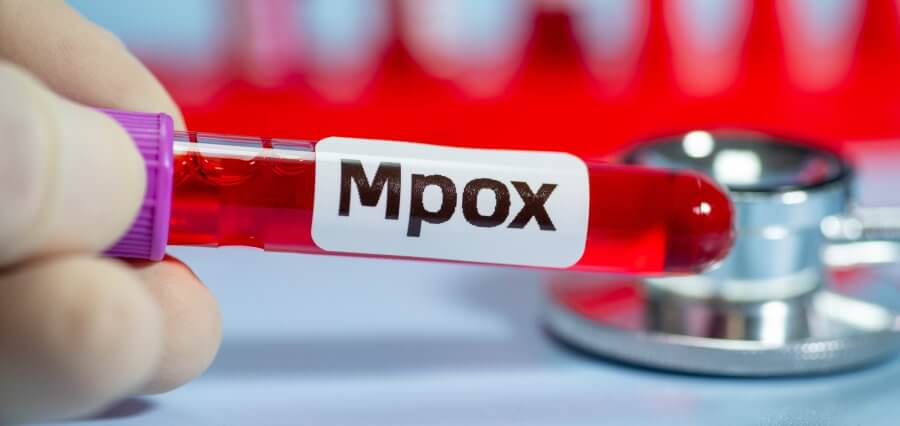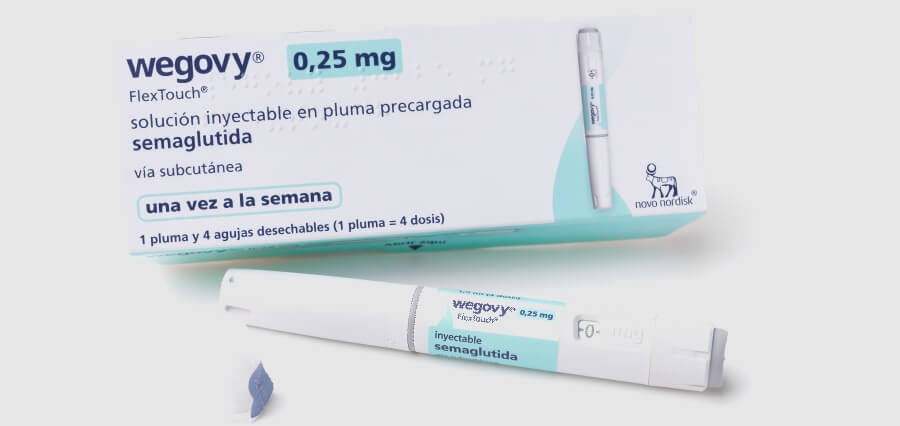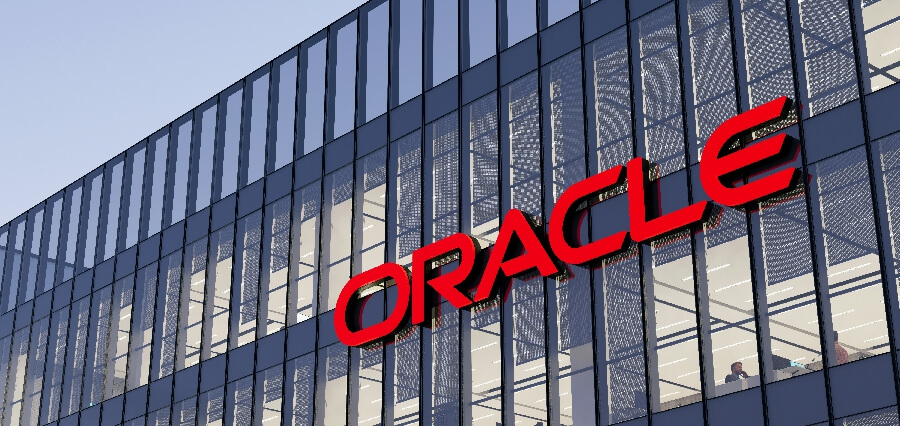The Greek philosopher Parmenides (ca. 540 – ca. 470 B.C.) was deeply convinced of the effectiveness of hyperthermia as evidenced by the words: “Give me the power to produce fever and I will cure all diseases”. This view was shared by Hippocrates (460 – 370 B.C.), a Greek philosopher and scientist who is considered the “father of medicine”. He claimed that the disease must be incurable, if it cannot be cured by using heat. Moreover, Hippocrates successfully used heat to treat breast tumors. Over the last 4 decades important advances are made in clinical research to add mild heating, also known as “hyperthermia,” as an additional treatment method to the spectrum available to an oncologist.
The beneficial effect of addition of hyperthermia to radiotherapy while treating cancer of various types has already been known for some time. Several publications describe the rationale of hyperthermia to be a potent radio- and chemo-sensitizer. One of the key aspects is the fact that heat limits the cell’s ability to repair DNA damage induced by radio- and/or chemotherapy. Summarizing the outcome of 38 clinical studies for different tumor areas like breast, cervix, head & neck, rectum, urinary bladder, esophagus, cutaneous melanoma and choroidal melanomas and others, shows a significant improvement in clinical outcome with more than 10%points. A second highly relevant finding was that a significant increase in acute or late toxicity with addition of hyperthermia to radiotherapy was not evident from these studies.
The Failure of Hyperthermia
A reasonable conclusion from these studies so far is that the addition of hyperthermia to radio(/chemo-) therapy will have a benefit in patient outcome without a penalty on additional toxicity. Yet, wide scale adoption of hyperthermia has not been observed. Researchers and clinicians came together at the Kadota Forum to analyze the failure mode. A number of obstacles were identified:
- Level 1 evidence
- Importance of adequate local heating techniques
- Cost of Treatment: toxicy and economic aspects
A set of challenges were given to the clinical (research) community as well as to the industry:
- Quality of published results: perform more and larger studies.
- Lack of Knowledge: Improve results in a scientifically accepted format, share them in the right fora and include teaching of hyperthermia in basic training programs.
- Heating technique and thermometry: improve technology to make a real time planning system and a computer-controlled feedback system.
- Lack of Quality Control and staff training: develop Quality Assurance guidelines.
- Perception of unfavorable economic cost-benefit ratio: information regarding the real cost of hyperthermia should be made public.
- Lacking or insufficient reimbursement: share information with the health system payers regarding the positive cost-benefit ratio.
- Lack of funding in general: build relations to larger incumbent global oncology market players (radiotherapy and pharmaceutics) as well as charitable foundations.
The clinical community responded to a number of topics. The best example is the large multicenter phase III study on complex sarcomas. A number of meta studies were produced. A group of German oncologists and medical physicists started the Atzelberg community and developed Quality Assurance guidelines. International conferences now include training days which show high attendance. Reimbursement is present in the Netherlands, Germany, Switzerland, the USA and an increasing number of countries are considering it.
Technology Needs to Step Up
Despite the progress from a clinical perspective, industry has not brought a lot of innovation to the market over the last few decades. The hyperthermia industry needs to break out of its stall situation by improving its understanding of not only the needs for clinical evidence, but also the context in which modern oncology clinics are operating with consideration of limitations in staff, space, capital and other aspects. Healthcare payers are confronted with increasing costs of healthcare. Particularly the oncology space has a tendency to accept more and more expensive solutions, like proton therapy and immunotherapy, which is in direct conflict with the policies to manage costs. In an aging population, patient numbers rise while healthcare staff are becoming more and more scarce.
With the use of the most modern technologies, oncologists are getting more used to pin-point accuracy of their treatments. They are vitally aware of the need to be accurate, since their current therapies have high risks of negative side-effects if not sufficiently focused on the tumor. Radio- and chemotherapy are inherently toxic, and they have a significant impact on the quality of life of patients. A patient surviving their cancer still needs to survive their treatment.
To live up to the great promise of hyperthermia with better clinical results and thus the ability to reduce the toxic effects of radio- and chemotherapy, only companies who provide technologies that live up to these challenges can be successful.
There is an obvious need to elevate the current technology concepts to a new level of quality in order to be a 4th pillar in treatment, next to radio-, chemo- and immunotherapy. For sake of the argument, let us call this level thermotherapy, rather than hyperthermia. Key aspects of thermotherapy would have to include:
- Non-invasive treatment
- Alignment with established clinical workflows
- Personalized treatment plans
- Built-in quality assurance procedures
- Versatility to use the technology on many tumors sites
- Integration of treatment data with existing oncology information solutions
- Attractive pricing models
Society Needs to Invest in Thermotherapy
Once such thermotherapy solution becomes available, society needs to act quickly on this. Patients will benefit from improved quality of life and faster reintegration in society, addressing also the financial toxicity of cancer. Clinics will need a limited investment and will be capable of breaking even or generating a profit considering the multitude of cancer types that can be treated. Healthcare payers will recognize the reduced economic burden of cancer treatment because of lower recurrence rates and lower cost of treating the toxic effects of radio- and chemotherapy.
Adoption of thermotherapy will take a small investment in clinical confirmation studies and awarding of adequate reimbursement. Patients with cancer and society will see the relevant benefits of thermotherapy as the 4th pillar in cancer treatment.
About the Author
Paul van den Biggelaar has studied the potential of thermotherapy for over a decade. He has more than 30 years of experience in various roles in High Tech Industry. He co-founded Sensius in 2015 and has performed the role of CEO since then. Prior to that Paul was an Executive at Nucletron. Paul has a MSc degree in Electrical Engineering.





